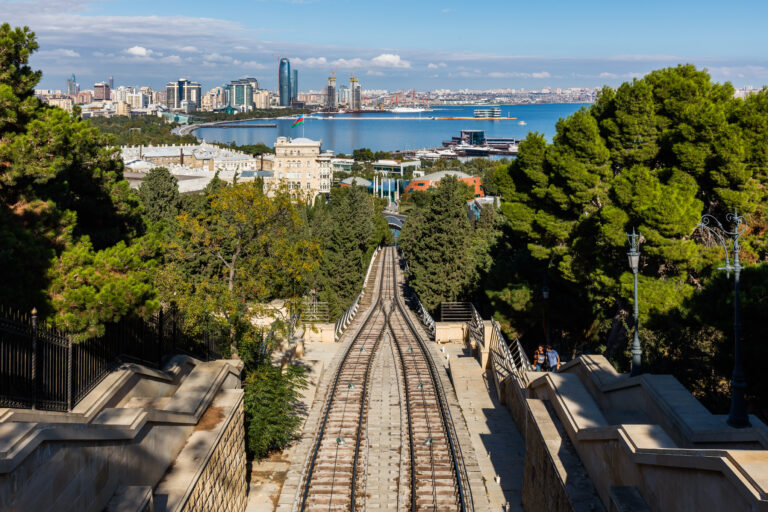Nevertheless, holding the COP29 in Baku enhances also significant opportunities. One such opportunity lies in the potential to boost the EU’s engagement with the Greater Caspian Region, which includes the South Caucasus and Central Asia. This region not only presents significant green energy potential to help the EU enhance its energy security and combat climate change, but its strategic location can also help address broader foreign policy challenges.
Indeed, recent developments in Ukraine and the Middle East, such as the Hamas-Israel conflict and the Houthi assaults on freights in the Red Sea, underscore the delicate state of trade connections and commercial routes between Europe and Asia. This instability extends across geopolitical, energy resource, and economic dimensions, with clear risks of global repercussions and escalating international instability. The Caspian region therefore holds significant potential as a linchpin for economic integration along the Trans-Caspian International Transport Route (TITR), or ‘Middle Corridor,’ connecting Europe to China and beyond.
Hence, the European Union should seize this opportunity to ensure that the November 2024 COP29 accelerates the emergence of a new era of connectivity, as well as fostering stability and economic potentials across Europe and Asia.
Author: Luca Urciuolo, EIAS Associate Research Fellow
Photo Credits: Wikimedia Commons

